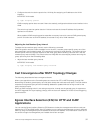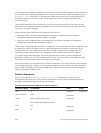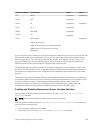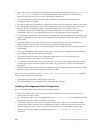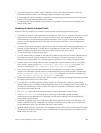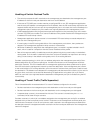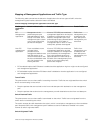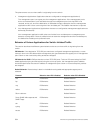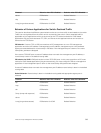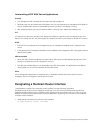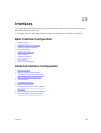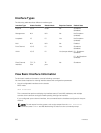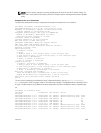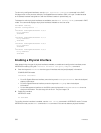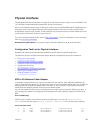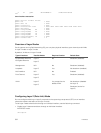
Protocol Behavior when EIS is Enabled Behavior when EIS is Disabled
telnet EIS Behavior Default Behavior
tftp EIS Behavior Default Behavior
icmp (ping and traceroute) EIS Behavior for ICMP Default Behavior
Behavior of Various Applications for Switch-Destined Traffic
This section describes the different system behaviors that occur when traffic is terminated on the switch.
Traffic has not originated from the switch and is not transiting the switch. Switch-destined traffic is
applicable only for applications which act as server for the TCP session and also for ICMP-based
applications like ping and traceroute. FTP, SSH, and Telnet are the applications that can function as
servers for the TCP session.
EIS Behavior: If source TCP or UDP port matches an EIS management or a non-EIS management
application and source IP address is management port IP address, management port is the preferred
egress port selected based on route lookup in EIS table. If the management port is down or the route
lookup fails, packets are dropped.
If the source TCP/UDP port or source IP address does not match the management port IP address, a
route lookup is done in the default routing table.
EIS behavior for ICMP: ICMP packets do not have TCP/UDP ports. In this case, to perform an EIS route
lookup for ICMP-based applications (ping and traceroute), you must configure ICMP as a management
application. If the management port is down or the route lookup fails, packets are dropped.
If source IP address does not match the management port IP address route lookup is done in the default
routing table.
Default Behavior: Route lookup is done in the default routing table and appropriate egress port is
selected.
Protocol Behavior when EIS is Enabled Behavior when EIS is Disabled
ftp EIS Behavior Default Behavior
http EIS Behavior Default Behavior
ssh EIS Behavior Default Behavior
Snmp (snmp mib response) EIS Behavior Default Behavior
telnet EIS Behavior Default Behavior
icmp (ping and traceroute) EIS Behavior for ICMP Default Behavior
Internet Group Management Protocol (IGMP)
385



